When it comes to Windows tablets, the Microsoft Surface Pro line has long been the gold standard. Sleek, powerful, and incredibly versatile, the Surface Pro 11 is no exception. But recently, I’ve been spending time with the Asus ProArt PZ13 — a tablet that, honestly, caught me off guard. It offers nearly everything the Surface Pro 11 does but at a fraction of the price. And by fraction, I mean about \$700 less after you factor in the keyboard.
If you’ve ever been on the fence about which Windows tablet to buy, or if the price of the Surface Pro 11 made you pause, this is the comparison you need. Let me walk you through the experience, performance, design, and more — and why I’m seriously impressed by what Asus is bringing to the table.
The Initial Impressions: Design and Feel
From the moment I held the Asus ProArt PZ13, it felt like a serious contender. This isn’t some budget knockoff or cheap alternative. It has an all-aluminum chassis that’s just as solid and well-built as the Surface Pro 11. The tablet is thin and lightweight, weighing just under two pounds — in fact, slightly lighter than Microsoft’s offering. The 13.3-inch OLED screen pops with deep blacks and vivid colors that draw you in, making it perfect for both productivity and entertainment.
The Surface Pro 11, on the other hand, sticks to its tried-and-true formula with a built-in kickstand that’s incredibly sturdy and convenient. That kickstand is one of its hallmark features — it just snaps open and stays put at whatever angle you need. The Asus, though, uses a magnetic attachable kickstand that adds some bulk and extra weight. It’s not as seamless or elegant, and it’s one more thing to carry around if you want that adjustable support.
One thing to note is the color options. Microsoft offers four stylish colors for the Surface Pro 11, so if aesthetics matter to you, you have more variety. Asus goes the classic black route — sleek, professional, but not exactly eye-catching.
When it comes to keyboards, Asus throws in theirs with the purchase, which is a major plus because Microsoft charges a steep \$170 for the Surface Pro 11 keyboard. Both keyboards have a nice tactile feel, comfortable key spacing, and a responsive typing experience, though I have to give a slight edge to Microsoft’s keyboard for its magnetic tilt option and haptic touchpad. Asus’s touchpad is mechanical, and while it works well, it just isn’t as refined.
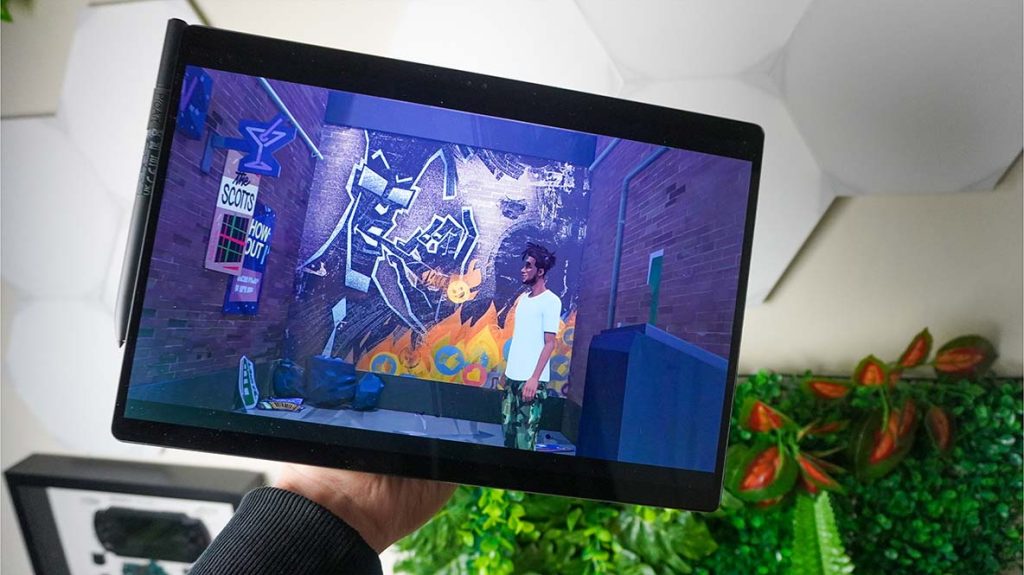
Display: Color, Resolution, and Refresh Rate
Both tablets come with high-resolution screens that impress right out of the box. The Surface Pro 11 offers two display choices: a 13-inch IPS panel or an OLED panel, both with a 3:2 aspect ratio and sharp 2.8K resolution (2880×1920). The OLED option has a buttery smooth 120Hz refresh rate, making animations and scrolling feel fluid and snappy. That’s something I noticed immediately when switching between devices — the Surface’s 120Hz screen is silky smooth.
The Asus ProArt PZ13 features a slightly larger 13.3-inch OLED screen with a 16:10 aspect ratio and 2.8K resolution (2880×1800). It runs at 60Hz, which is fine for most users but noticeably less smooth compared to the Surface Pro 11’s 120Hz panel. Color-wise, Asus’s display covers nearly 100% of the AdobeRGB and DCI-P3 color gamuts, which is great for creators or anyone who needs color accuracy. It also boasts better contrast ratios than Microsoft’s OLED screen, delivering punchier blacks.
Brightness-wise, the Surface Pro 11 has the advantage, especially outdoors or in bright rooms, where its peak brightness of over 500 nits outshines the Asus’s 394 nits. For most indoor work, though, the Asus display still feels rich and vibrant.
Power and Performance: Snapdragon Chips in Action
Both tablets run on Qualcomm’s latest Snapdragon X-series processors, designed to deliver great performance with excellent battery life. The Asus ProArt PZ13 comes with the Snapdragon X Plus chip — an 8-core processor clocking up to 3.4 GHz, paired with an Adreno GPU capable of 1.7 TFLOPS. It handles everyday tasks, multitasking, and streaming without breaking a sweat.
The Surface Pro 11 offers options up to the Snapdragon X Elite chip, a 12-core processor with speeds up to 4.0 GHz and a more powerful GPU pushing close to 3.8 TFLOPS. That extra power shows up in benchmark tests where the Surface Pro 11 outpaces the Asus in raw speed, especially in GPU-intensive tasks.
But here’s the truth: unless you’re a hardcore gamer or heavy-duty video editor, you’re unlikely to notice much difference in daily use. Browsing, office work, video calls, and creative apps all run smoothly on the Asus. The Surface Pro 11 might be faster on paper, but the Asus is fast enough and doesn’t lag behind in real-world use.
Battery Life: A Surprising Showdown
Battery life is a big deal for tablets, especially if you’re often on the move. Asus impresses with a whopping 70 watt-hour battery, significantly larger than the Surface Pro 11’s 48 to 53 watt-hour options. In practical tests, the Asus lasts longer during video playback and intense processing tasks. It comfortably powers through a full day of mixed work.
However, in light web browsing, the Surface Pro 11 edges ahead with nearly 15 hours of battery life compared to Asus’s 12.5. So the story here is nuanced: Asus’s bigger battery wins under load and multimedia, but Microsoft’s more efficient chipset stretches lighter workloads further.
Cameras and Connectivity
Both tablets offer solid webcam options with infrared cameras supporting Windows Hello facial recognition — a must-have feature these days. The Surface Pro 11 sports a 1440p front infrared camera, sharper than Asus’s 5MP front camera, but Asus does have a slight edge with its 13MP rear camera compared to Microsoft’s 10.5MP.
When it comes to ports, both tablets have two USB4 Type-C ports. Asus adds a handy microSD card slot, which Microsoft doesn’t include. Surface Pro 11 has a nanoSIM slot for optional 5G connectivity, a feature Asus lacks. Both support Wi-Fi 7 and Bluetooth 5.4, keeping wireless connections fast and reliable.
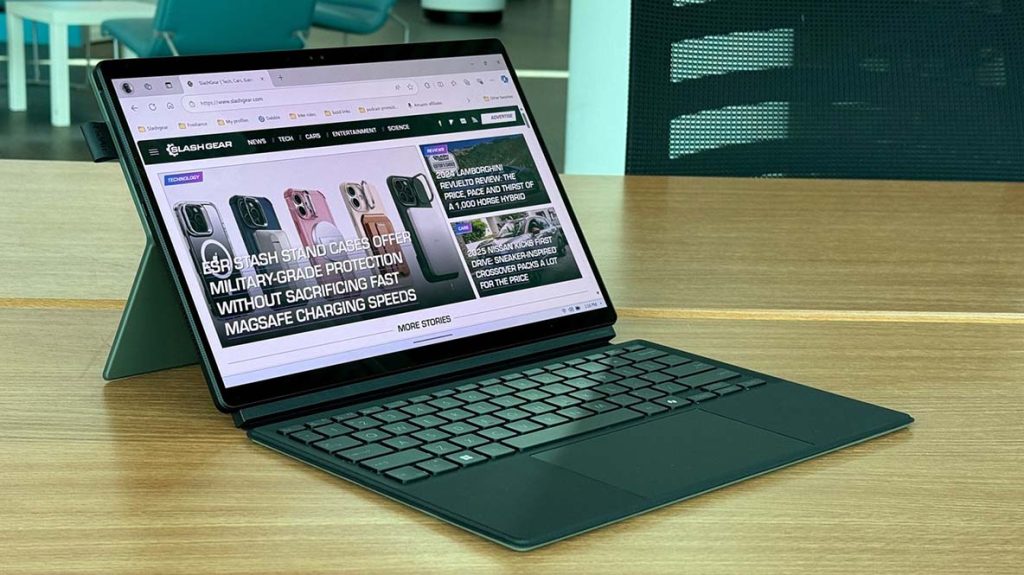
Price and Value: The \$700 Difference
Here’s where the Asus ProArt PZ13 truly shines: the price. At about \$1,100 for the configuration with 16GB RAM, 1TB SSD, and the included keyboard, it undercuts the Surface Pro 11 by over \$700 once you add Microsoft’s keyboard and choose a comparable OLED screen and storage. For someone looking for premium Windows tablet features without breaking the bank, Asus offers tremendous value.
And that’s not even counting the pen stylus, which is optional for both devices and costs around \$100. The Surface Pen 2 has haptic feedback for a more natural drawing experience, a nice feature but not a deal-breaker if you’re budget conscious.
Where to Buy These Tablets in the U.S.
If you’re ready to buy, here are some reliable U.S. platforms to check prices, availability, and snag deals:
- Best Buy: A go-to for Surface devices and Asus tablets. Often runs bundle deals and financing options.
- Amazon: Huge selection, fast shipping, and customer reviews help you make informed choices.
- Microsoft Store: The official source for Surface Pro 11, sometimes with exclusive offers and support.
- B\&H Photo Video: Trusted for electronics, especially for creative professionals needing specialized gear.
- Newegg: Great for tech enthusiasts looking for deals and customizable options.
I personally prefer Best Buy and Amazon for convenience and return policies, but keep an eye on all these sites for occasional discounts.
The Asus ProArt PZ13 doesn’t just compete with the Microsoft Surface Pro 11 — in many ways, it challenges it. With a stunning OLED display, solid build quality, generous battery life, and a much more approachable price point, it’s a compelling option for anyone who wants a premium Windows tablet experience without the premium price tag.
Microsoft still wins on design finesse, performance, and a few thoughtful features like the built-in kickstand and haptic keyboard, but if you’re realistic about what you need and value cost-effectiveness, Asus’s ProArt PZ13 is an excellent pick.
Personally, after spending weeks switching between the two, I’d feel comfortable recommending the Asus to most users. It’s a rare device that punches above its weight and truly disrupts the tablet market — and that \$700 saved feels like a win I’m not ready to give up.
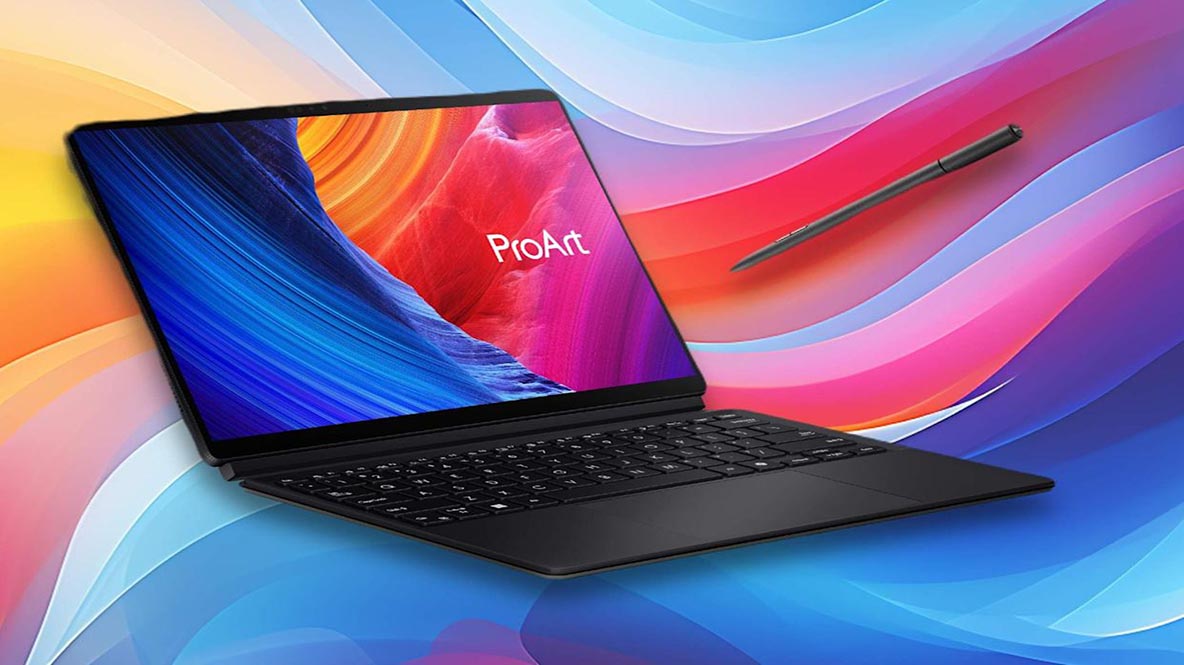
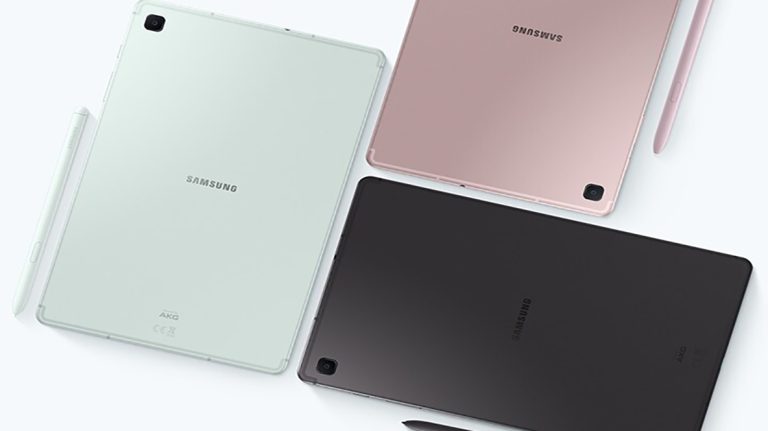
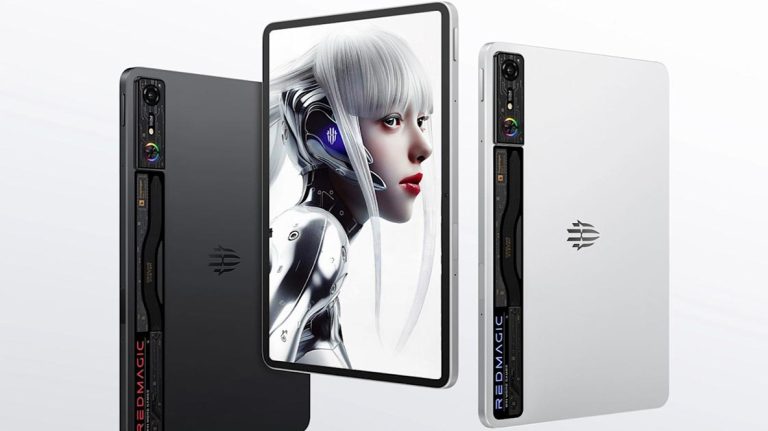
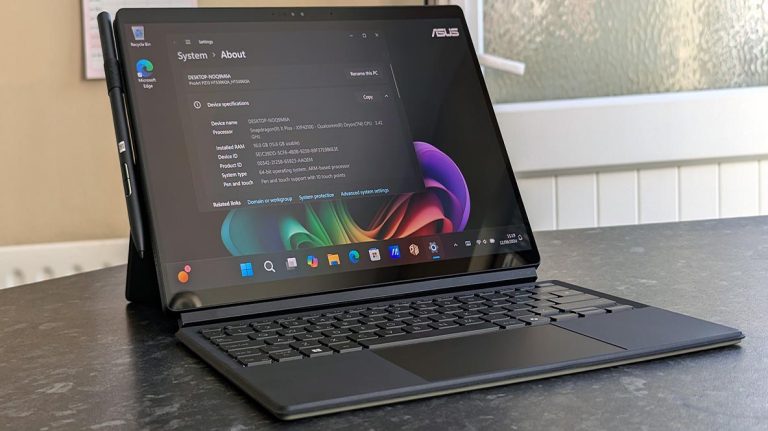
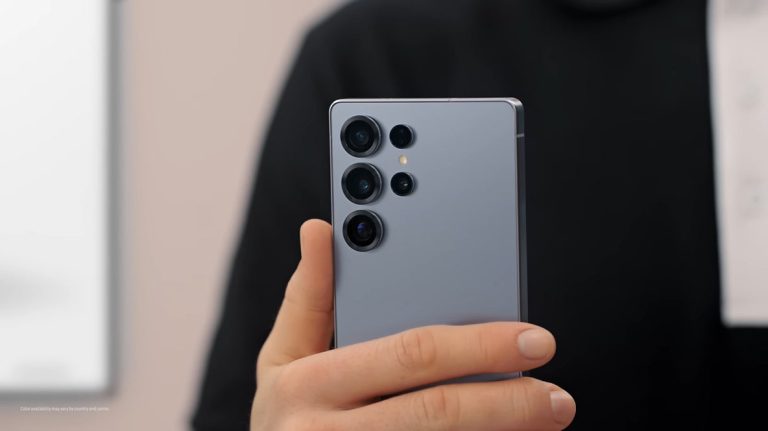
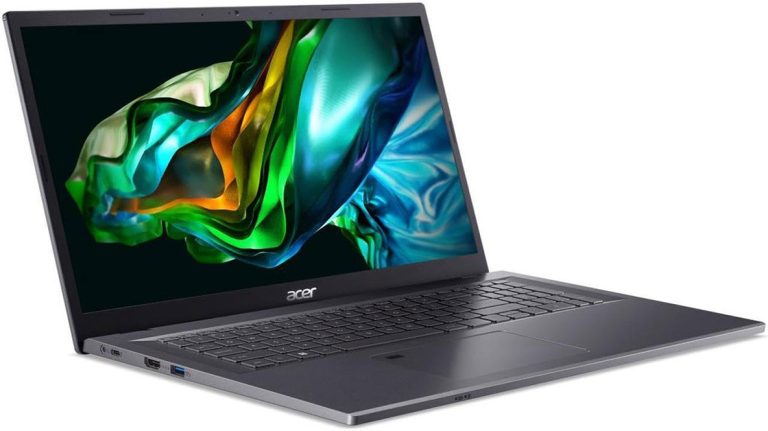
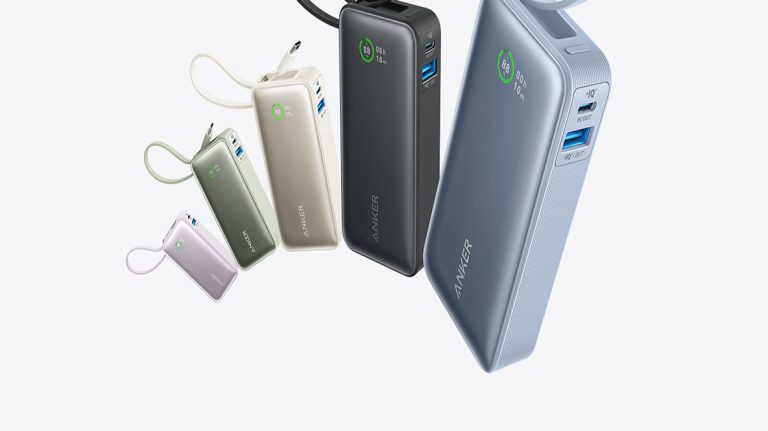



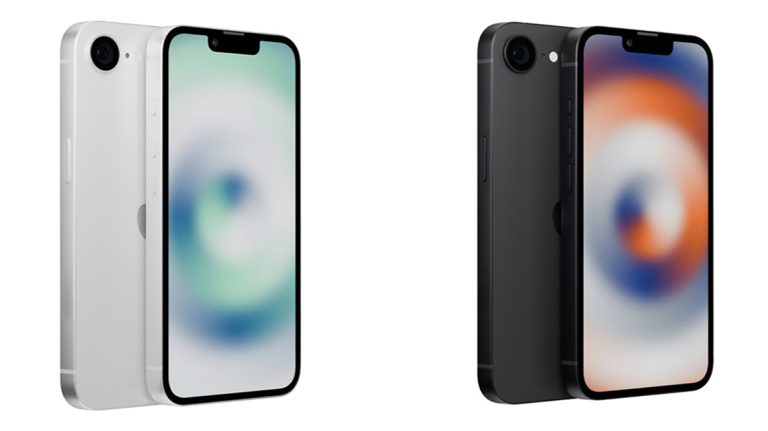
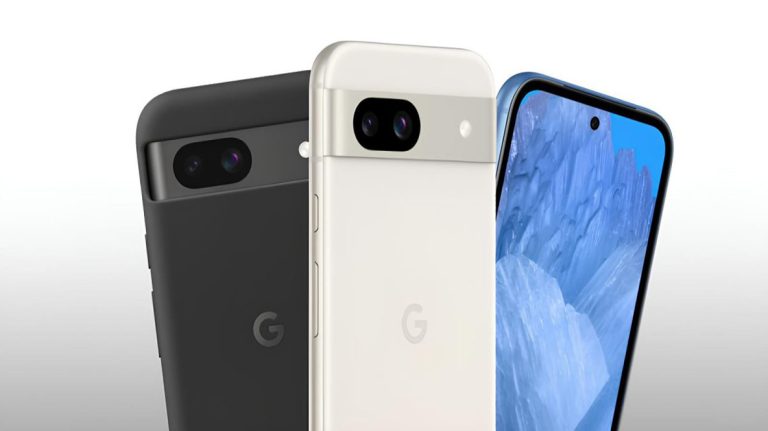
+ There are no comments
Add yours